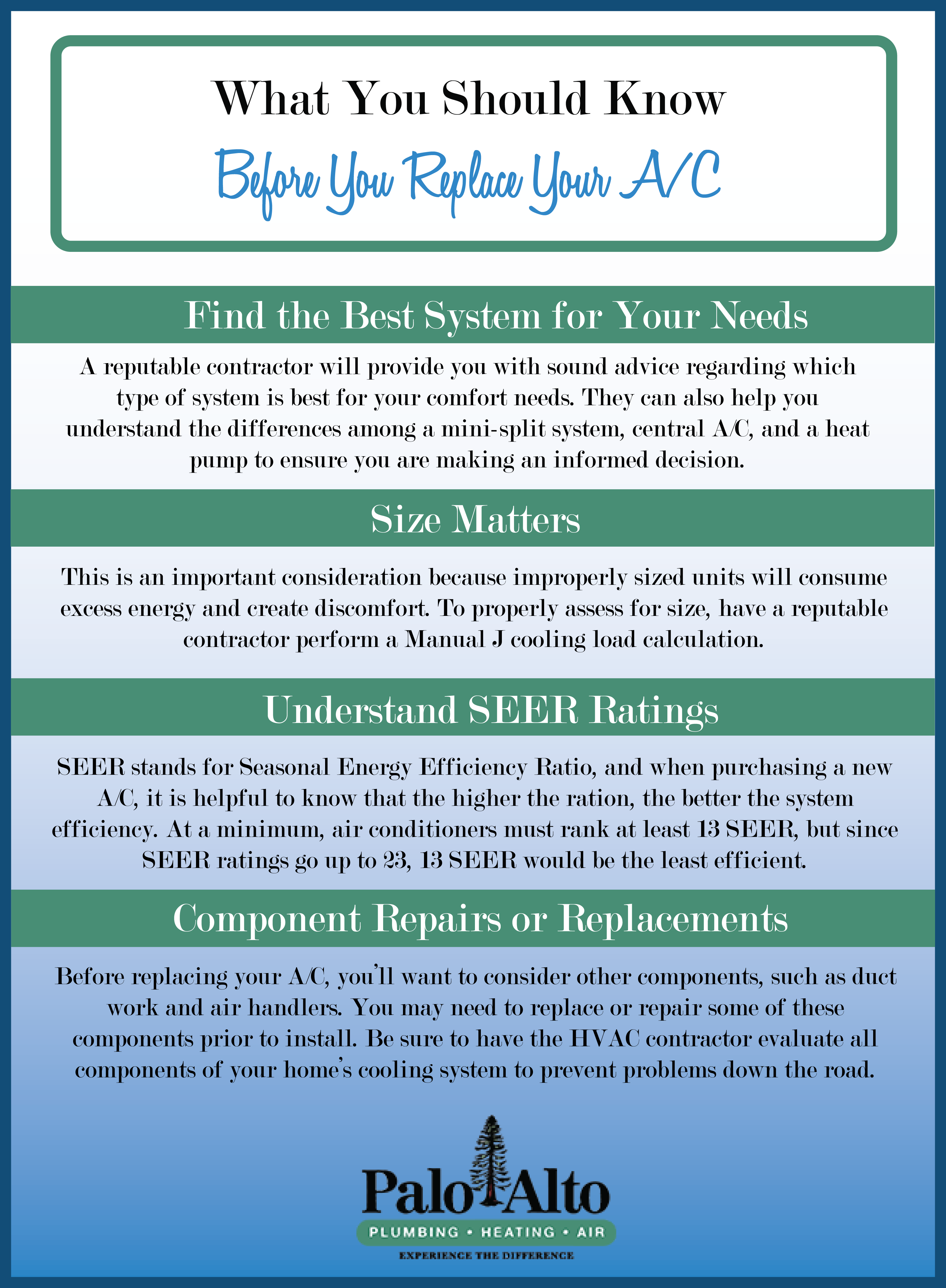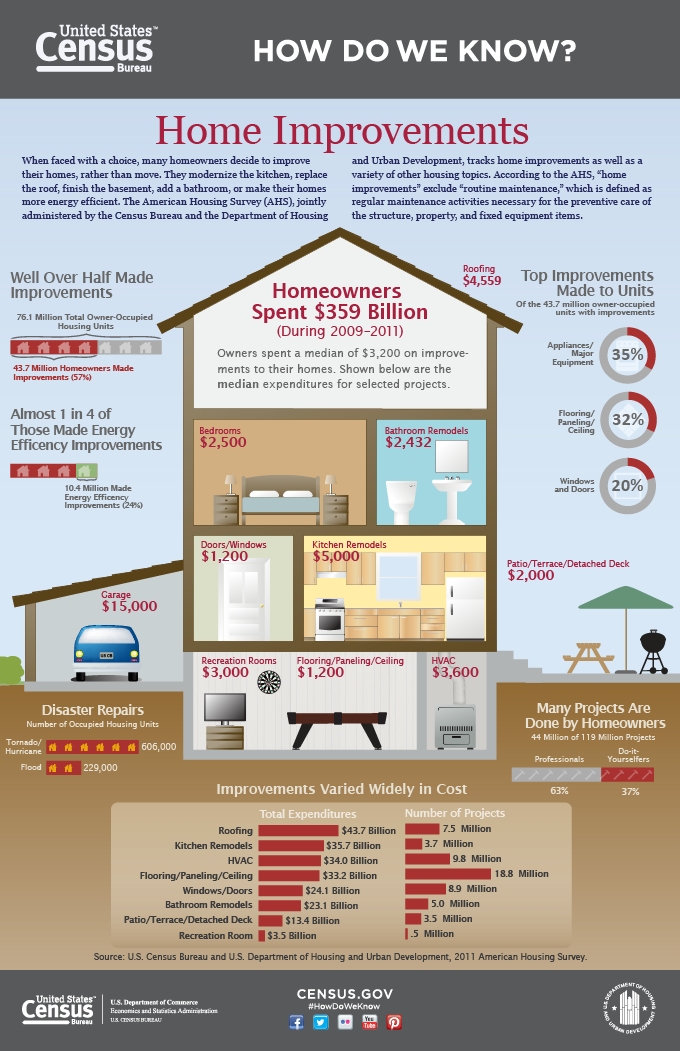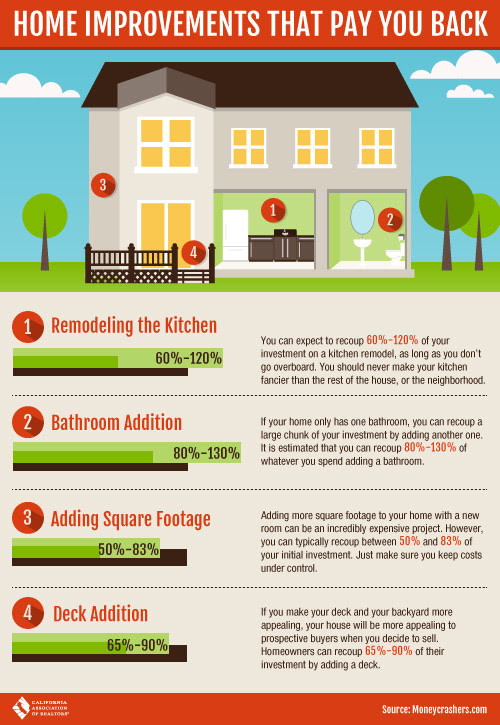Upgrade Your Home with Faucet Installation: A Step-by-Step Installation Guide
If you’re looking to upgrade your bathroom or kitchen, one of the most practical and easy changes you can make is faucet installation. With the right tools and some basic plumbing knowledge, this is a task that most homeowners can complete in just a few hours. In this blog post, we’ll cover everything you need to know to install a new faucet, including the tools you’ll need, the steps involved in the faucet installation process, and some tips for troubleshooting common issues.
Tools you’ll need
Before you get started, you’ll need to gather some basic tools and supplies. Here’s what you’ll need:
- New faucet
- Basin wrench
- Adjustable wrench
- Teflon tape
- Plumbers putty
- Screwdriver
- Bucket or container to catch water
- Rags or towels
New faucet installation prep
Before you begin your faucet installation, it’s important to make sure that you’ve turned off the water supply. To do this, locate the shut-off valves under your sink and turn them clockwise to shut off the water. Once the water is turned off, turn on the faucet to relieve any remaining pressure in the lines.
Next, you’ll need to remove the old faucet. To do this, use a basin wrench to loosen and remove the nuts that hold the faucet in place. Once you’ve removed the nuts, lift the old faucet off the sink.
Installing the new faucet
Now that you’ve removed the old faucet, it’s time to install the new one. Follow these steps to install your new faucet:
- Clean the sink: Before your faucet installation, use a rag or towel to clean the sink and remove any debris or residue left over from the old faucet. This will ensure a clean, tight seal.
- Install the gasket: Place the gasket on the bottom of the new faucet and press it firmly into place.
- Apply plumber’s putty: Apply a small amount of plumber’s putty around the base of the new faucet. This will help create a watertight seal.
- Insert the new faucet: Place the new faucet into the mounting hole on the sink. Make sure that it is level and centered.
- Secure the new faucet: Under the sink, use a basin wrench to tighten the mounting nuts onto the new faucet. Be careful not to overtighten, as this can damage the faucet or sink.
- Connect the water supply lines: Most new faucets will come with water supply lines already attached. If this is the case, simply connect the lines to the shut-off valves under your sink. If your new faucet does not have pre-attached supply lines, you’ll need to attach them now. Use an adjustable wrench to tighten the connections.
- Turn on the water supply: Slowly turn on the water supply valves under your sink. Check for leaks as the water flows through the new faucet.
Faucet installation troubleshooting
If you encounter any issues during the faucet installation process, don’t panic. Here are some common problems and solutions:
- Leaks: If you notice any leaks around the new faucet, turn off the water supply and check the connections. Make sure that all nuts and connections are tight and secure. You may also need to apply more plumbers’ putty to create a tighter seal.
- Uneven or loose faucet: If your new faucet is not level or wobbles, check the mounting nuts under the sink. Tighten them with a basin wrench to secure the faucet in place.
- Low water pressure: If your new faucet has low water pressure, check the aerator. Sometimes debris can get stuck in the aerator, causing reduced water flow. Remove the aerator and clean it thoroughly.
Conclusion
Faucet installation is a relatively simple task that can have a big impact on the look and functionality of your bathroom or kitchen. With the right tools and some basic plumbing knowledge, most homeowners can complete this project in just a few hours. Just remember to turn off the water supply, remove the old faucet, clean the sink, install the new faucet with the gasket and plumber’s putty, connect the water supply lines, and turn on the water supply.
When shopping for a new faucet, make sure to choose one that is the right size and style for your sink and that has the features you need, such as a pull-out sprayer or a single handle for easy temperature control. If you’re not comfortable with the installation process, don’t hesitate to call a professional plumber for assistance.
In addition to improving the look and functionality of your bathroom or kitchen, installing a new faucet can also help you save water and money. Many modern faucets are designed to be more water-efficient than older models, which means you can enjoy the same great performance while using less water. This can help lower your water bills and reduce your environmental impact.
Overall, installing a new faucet is a great way to update your bathroom or kitchen without spending a lot of money or time. With the right tools and some basic plumbing knowledge, you can complete this project in just a few hours and enjoy the benefits of a new and improved faucet.
Palo Alto Plumbing Can Help
If you’re in the Palo Alto area and looking to upgrade your bathroom or kitchen with a new faucet, toilet, or shower, Palo Alto Plumbing is here to help. Our team of experienced professionals can assist with faucet installation and a wide range of plumbing services including faucet installation or troubleshooting. Contact us today to schedule an appointment and let us help you transform your home.






